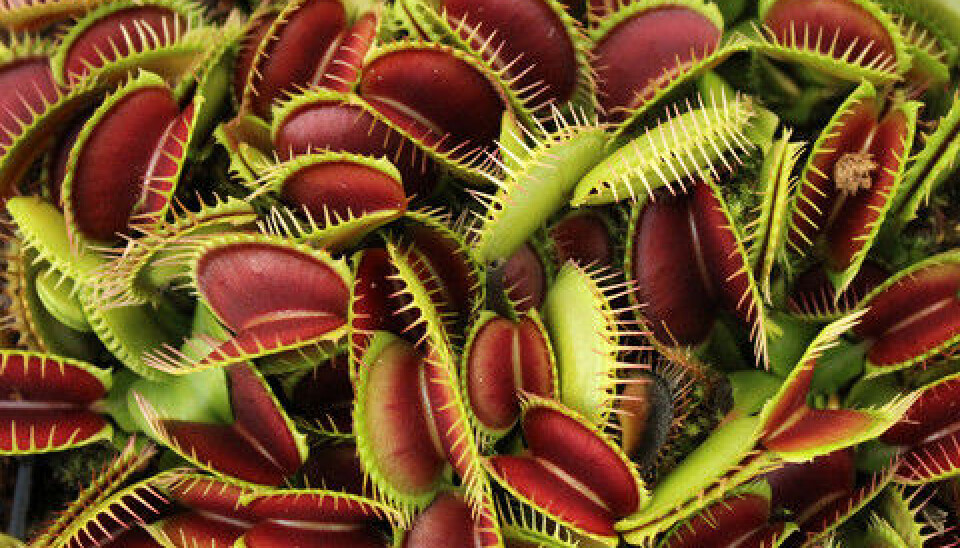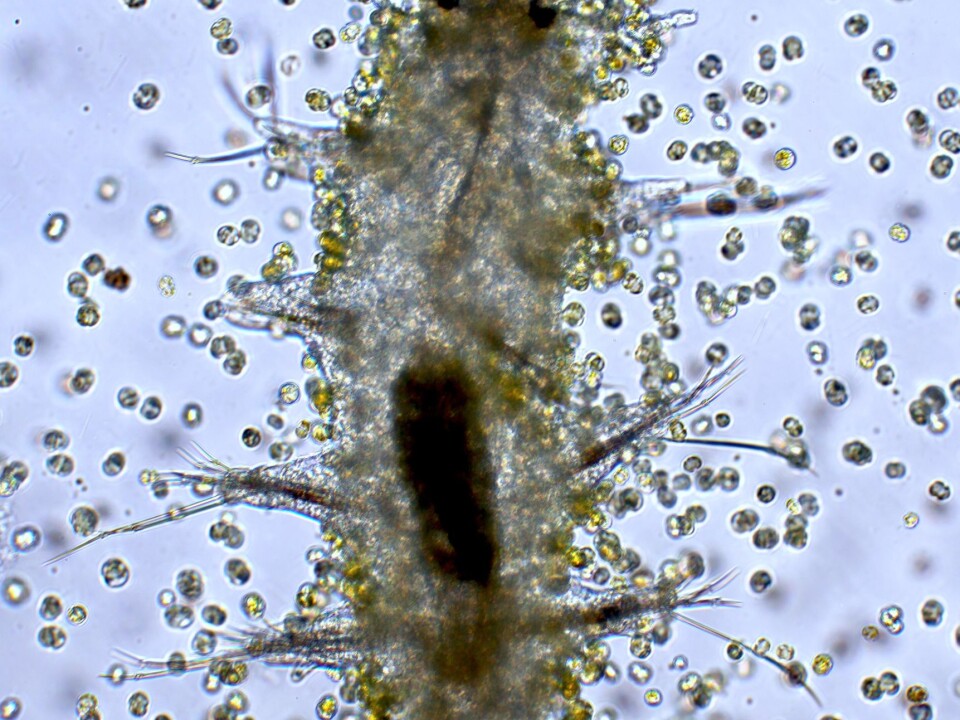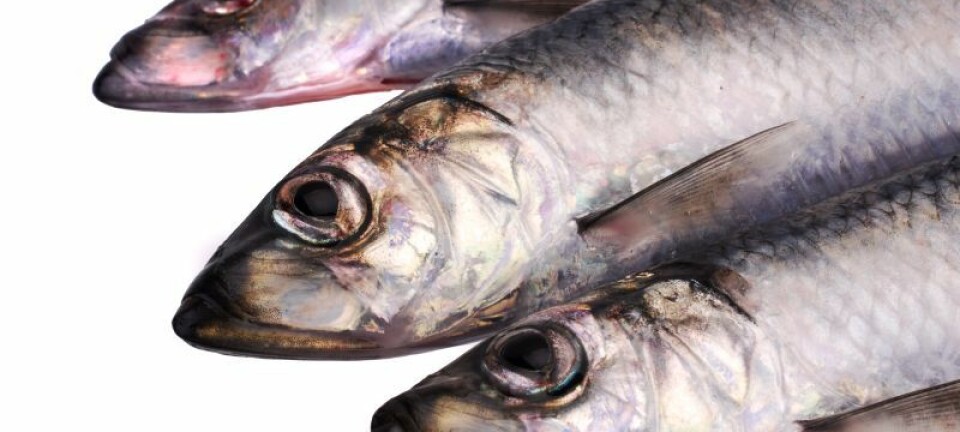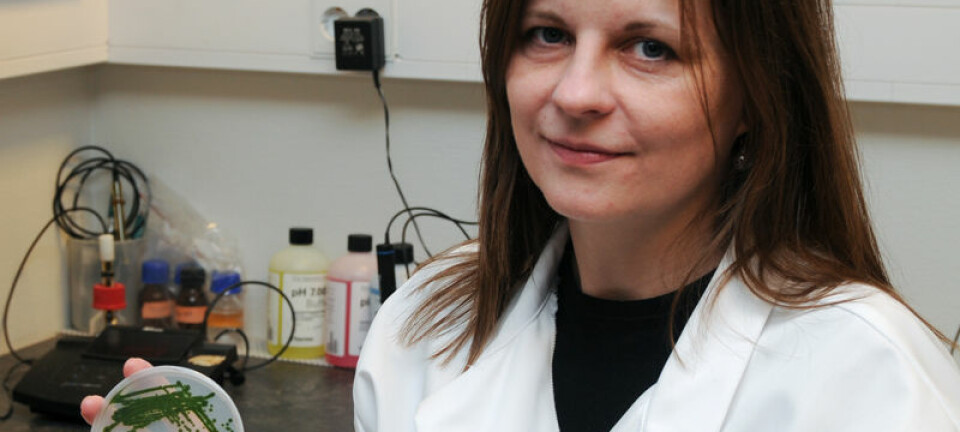
Carnivorous killer algae found in Danish waters
We know that fish eat plankton and plankton eat algae. Think again, says researcher, who has spotted a form of algae so ferocious that can they overpower animals 10,000 times their own size.
Algae are a vital part of the life cycle. They are the food source for larger zooplankton such as copepods, which are eaten by fish larvae, so they can grow to become the fish we see on our dinner tables.
But apparently it works the other way round too. There are actually algae that are the ocean equivalent of carnivorous plants.
This is the startling conclusion from biology post doc Terje Berge, the leading author of a brand new study, which has just been published in the scientific journal International Society for Microbial Ecology (ISME) Journal.
When the grass eats the gazelle
“What’s really quite sensational about this discovery is that algae, which appear to be animal and plant at the same time, attack and eat zooplankton,” says Berge.

“If we imagine an African savannah, this would roughly correspond to the grass suddenly jumping up, attacking and starting to eat the gazelle.”
The alga, which goes by the latin name Karlodinium armiger, has so far only been found on the Spanish coast, where it is suspected of having caused extensive fish die-offs in the region. ‘Armiger’ is latin for ‘The armed’.
Now Berge has discovered that this kind of combative algae also exists in Danish waters.
Studying the hungry algae under a microscope has provided Berge’s team with a clear answer to how algae can turn into carnivores. Their eating sprees offer a tremendous insight into the world of biology.
Killer algae suck the life out of their prey
If we imagine an African savannah, this would roughly correspond to the grass suddenly jumping up, attacking and starting to eat the gazelle.
First, the algae locate their prey by sensing their chemical traces in the water. Then the algae kill the animal – and the animal’s size is of little importance. Sometimes the prey can be up to 10,000 times larger than the algae themselves.
This, according to the new study, means that the algae are capable of eating animals the size of copepods or perhaps even fish larvae.
Berge’s research indicates that the algae attack using a highly potent nerve poison that paralyses the prey.
The algae then start eating from the still living animal by poking holes into it and sucking the nutrients out of it through a kind of straw – much like mosquitoes do with us humans.
When the algae conspire, they are deadly. As soon as the nutrients start to seep out of the animal, the nearby algae are triggered, and before long they form a giant swarm around the attacked animal.
As the prey is being consumed, the algae start growing – now they grow not only through photosynthesis like other algae, but also from the nutrients from the animal they’re eating.
The food chain can go both ways
As long as the algae don’t attract too many of its co-combatants, there is no danger – the animals just eat the algae.
But the new findings show that when the concentration of algae exceeds 1,000 per millimetre, the food chain is tipped in favour of the algae, and it’s the animals that need to escape.
On the east coast of Spain, scientists have found concentrations of between 10 and 100,000 algae per millimetre. These high concentrations have yet to be observed in Scandinavian waters, but the new discovery is likely to explain why the growth of algae related to Karlodinium is being associated with fish die-offs in Scandinavian countries too.
Carnivorous algae have grave consequences
Berge is keen to stress that the algae pose no particular threat to humans. But the discovery plays an important role in our understanding of how nature works.
”It’s remarkable that the algae can turn the food chain around this way,” he says. “And they don’t do it just by spreading poison, but simply by hunting – it’s a completely new perspective on what algae are capable of.”
There are isolated examples of other microscopic animals that can attack animals further up the food chain. But unlike with the carnivorous algae, this doesn’t have any serious consequences, such as extensive fish die-offs.
Berge and his colleagues will now try to learn more about how strong the algae poison is. The stronger the poison, the larger the animals the algae can kill when they band together.
--------------------------------
Read this story in Danish at videnskab.dk
Translated by: Dann Vinther








